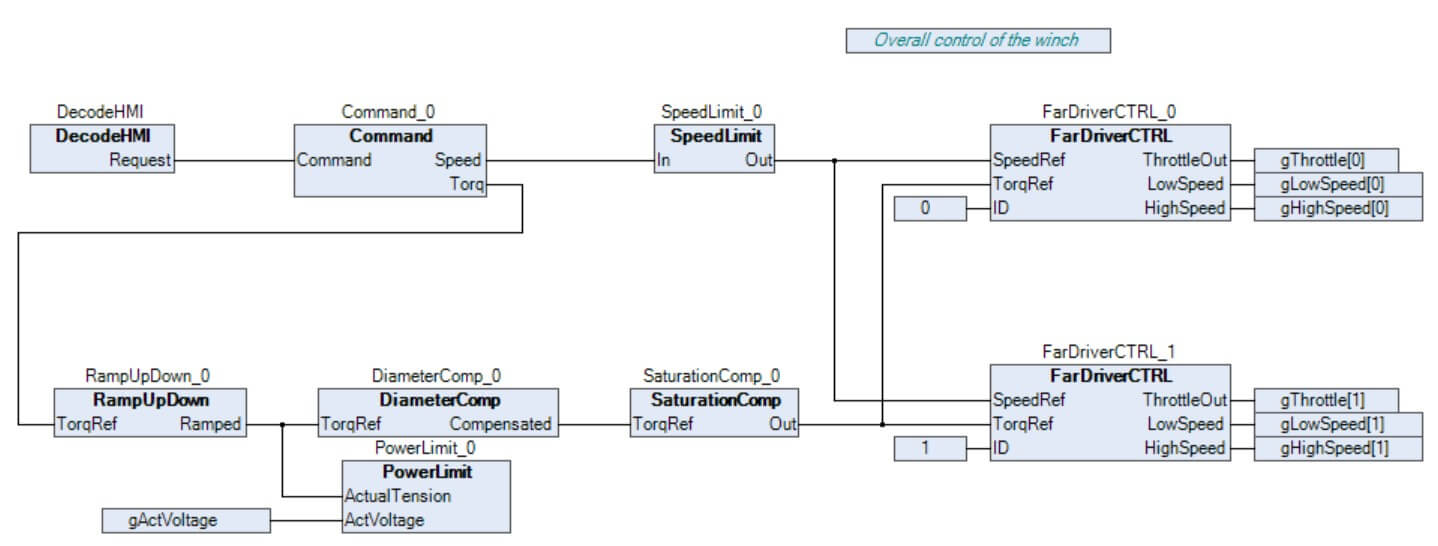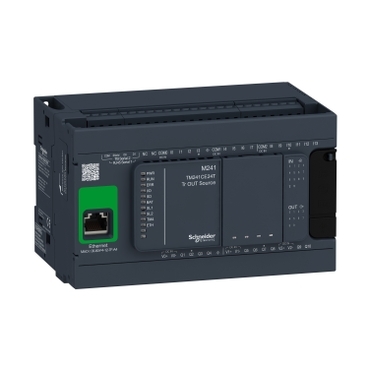Blog: Build your own Hangglider and Paraglider Winch
Download the free software (with some limitation)
You can download the software here from schneider-electric.com.
The main limitation with the free version is that you can’t use the simulation tool, but as long you have the physical controller/PLC (TM241CE24T), you don’t need to simulate.
The current version is V2.2.
To the right you can see how to install the program.
Update the controller with the newest firmware
Before you can download the PLC-program to the controller, you need to update the firmware.
To the right you can see how to do. The example is a TM251, but it is done the same way with a TM241…
You can disable the password protection if you want after firmware update is done.
Download PLC-program
Down load the PLC-program
In the example they press “login”. But with free software, you can’t do online changes.
Instead press “Multiple Download” and choose “Always perform a full download…” and OK.
Disable Password Protection
Disable the password protection this way shown in the video.
You can see the webvisualisation by connect to the controller via LAN with a fixed IP-adress and go to this link:
http://192.168.0.10:8080/webvisu.htm
The IP-adresse of the PC needs to be 192.168.0.XXX.
PLC
This PLC from Schneider-Electric is a professional solution to an affordable price.
The software is for free (with some minor limitations) and is based on the most common PLC languages “CodeSys 3.5”.
It has 14 digital inputs and 10 outputs. And can be expanded with extension modules, eg. analog modules.
The ethernet port makes it able to control the winch from a tablet, if you connect a wifi-accespoint.
In the picture right below you can see a good overview of the PLC program and the visual interface made in Codesys, which is a open source industrial PLC program.
You can find a lot of videos on youtube about Codesys 3.5 programming, as it is the most common program used in the industry.
The program is divided into “program sections” and and “function blocks” that contains all the code.
Codesys also allows you to make web visualisations, so you are able to interact with the winch through a browser on your mobilphone, table, etc.
The whole PLC program can be downloaded here: version4.5?media=1722254656 (18/04-2025).



